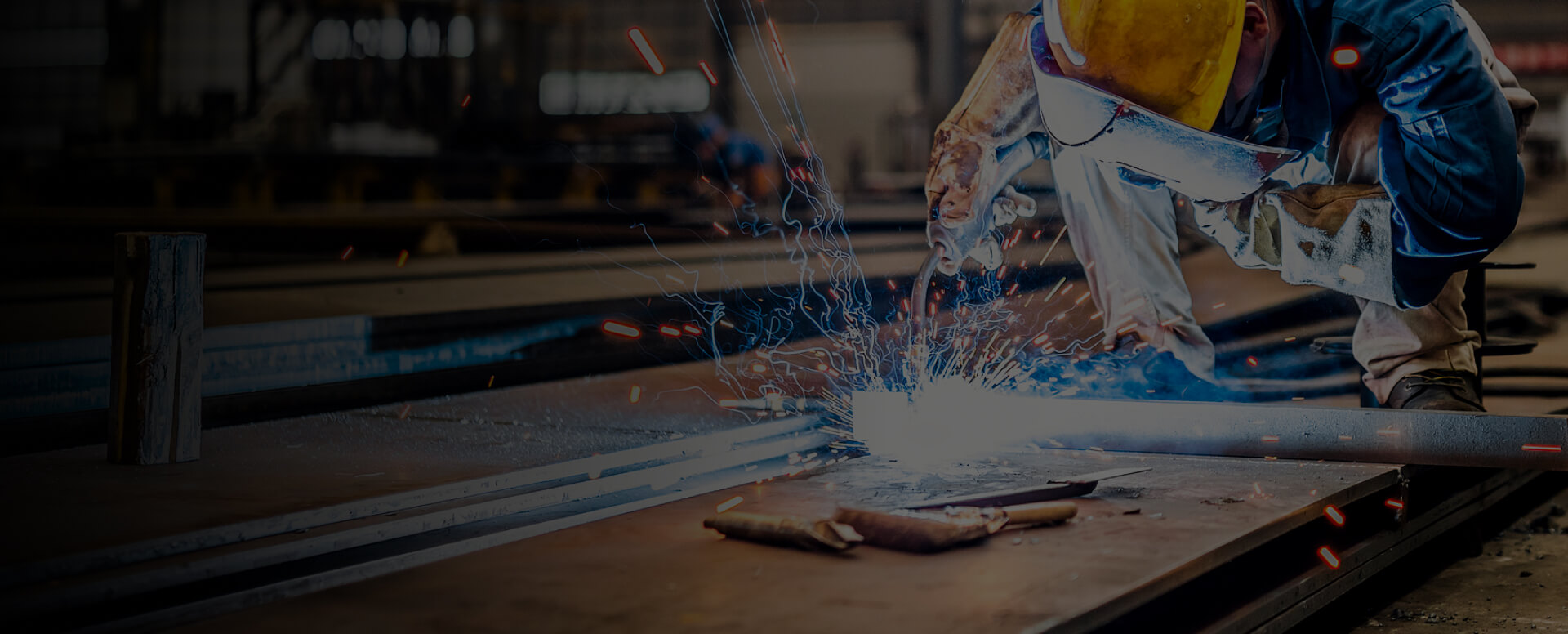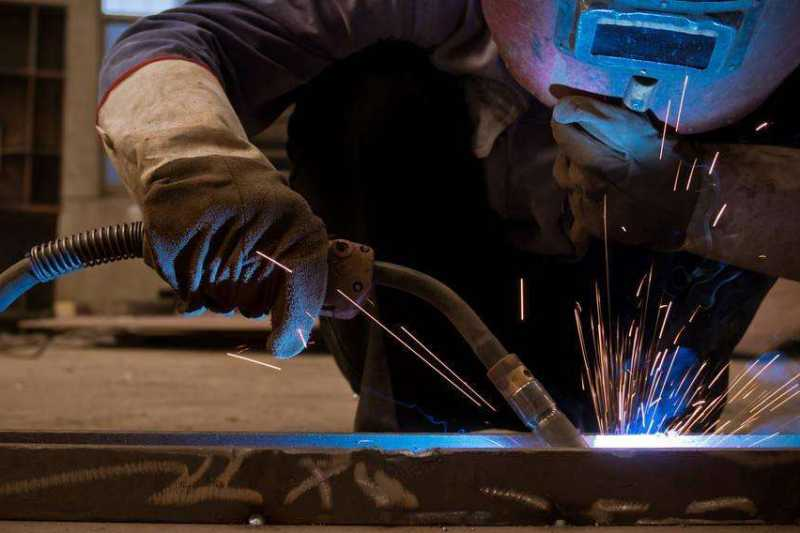
How Thick Can a Plasma Cutter Cut?
Plasma cutting thickness primarily depends on the machine's amperage, with high-end industrial models capable of cutting steel up to 2 inches thick.
Types of Plasma Cutters:
1. Handheld Plasma Cutters
Compact and portable, these are ideal for DIY projects, metal fabrication, and on-site repairs.
Portability: Lightweight and easy to transport.
Ease of Use: User-friendly, suitable for beginners.
Capacity: Can typically cut materials up to 1 inch thick.
Cost: More affordable, popular among hobbyists and small workshops.
2. CNC Plasma Cutters
Computer-controlled systems are used in industrial settings for high-precision cutting.
Automation: Software-guided for accurate, repeatable cuts.
Complex Shapes: Capable of intricate designs.
Speed: High cutting speeds are ideal for mass production.
Capacity: Can handle materials several inches thick.
Applications: Manufacturing, metal art, precision engineering.
Factors Influencing Cutting Thickness
Amperage and Voltage
Higher amperage allows thicker cuts.
Dual-voltage machines (110V/220V) offer flexibility.
Industrial tasks require high-amperage systems.
Type of Gas Used
1. Compressed Air: Common for steel and aluminum.
2. Argon-Hydrogen Mix: Better for thick, conductive metals like copper.
3. Nitrogen: Used for stainless steel to prevent oxidation.
Torch Design
High-frequency torches handle thicker materials.
Nozzle shape affects plasma stream focus.
Cooling systems prolong consumable life.
Common Materials Cut by Plasma
1. Steel
Thickness: Up to 1–2 inches.
Speed: Fast cutting with compressed air.
Applications: Structural work, automotive repair.
2. Stainless Steel
Thickness: Up to 1 inch.
Gas: Nitrogen or argon-hydrogen mix.
Uses: Food processing, medical devices.
3. Aluminum
Thickness: Generally up to 1 inch.
Gas: Nitrogen or compressed air.
Applications: Aerospace, automotive parts.
4. Copper & Brass
Thickness: Up to ½ inch for copper; ½ inch for brass.
Gas: Argon-hydrogen mix for clean cuts.
Uses: Electrical systems, decorative items.
Determining Maximum Cutting Thickness
Factors Affecting Cut Quality
Cutting Speed
Too fast: Incomplete cuts, rough edges.
Too slow: Excessive slag, widened kerf.
Optimal speed ensures clean, precise results.
Torch-to-Material Distance
Consistent height is critical for uniform cuts.
Automated height control systems improve precision.
Material Surface Condition
Clean, rust-free surfaces yield better results.
Pre-cut grinding or sanding enhances quality.
Material integrity (e.g., alloy composition) matters.
Conclusion
Plasma cutters offer versatile metal-cutting capabilities, with thickness limits shaped by amperage, gas selection, torch design, and material type. Understanding these variables helps optimize performance for tasks ranging from DIY projects to industrial manufacturing.
Related Articles

What is the typical cost of mig welding?
Understanding MIG Welding Costs: A Detailed BreakdownThe cost of MIG welding can vary significantly depending on the scale and complexity of the project. For small DIY tasks, expenses may be relatively low, with basic equipment ranging from 400 to 2000. In contrast, large commercial or industrial pr

Metals Suitable for MIG Welding And Its Challenges
MIG welding, also known as Gas Metal Arc Welding (GMAW), is widely used across industrial and hobby applications due to its versatility and ability to join a variety of metals. However, some metals—including titanium alloys—pose challenges due to their reactive nature and other inherent properties.C

Introduction To Plasma Cutting Torch
Components of a Plasma Cutter TorchA plasma cutting torch consists of several key parts, including the electrode, nozzle, swirl ring, shield, and electrical and gas supply components. Each plays a critical role in ensuring precise and efficient cutting.Core Components1. ElectrodeThe electrode serves

What Is The Basic Principle of Tig Welding?
TIG Welding: A Complete Guide to Equipment, Process & TechniquesTIG welding, also known as GTAW (Gas Tungsten Arc Welding), is a precision welding process that uses a non-consumable tungsten electrode to create an arc and shielding gas to protect the weld pool. This guide covers everything you need

What Voltage Is Needed for Plasma Cutting?
Plasma cutting machines require varying voltage levels, typically ranging from 110V for small-scale tasks to 600V for industrial applications.Plasma Cutting BasicsUnderstanding the fundamentals of plasma cutting is essential for both beginners and experienced operators. This process relies on key co

What Materials Are Not Suitable for Plasma Cutting?
Materials Suitable and Unsuitable for Plasma CuttingPlasma cutting is a process that uses an accelerated jet of hot plasma to slice through electrically conductive materials. While it excels with metals like steel, aluminum, brass, and copper, it is not suitable for non-conductive substances such as

